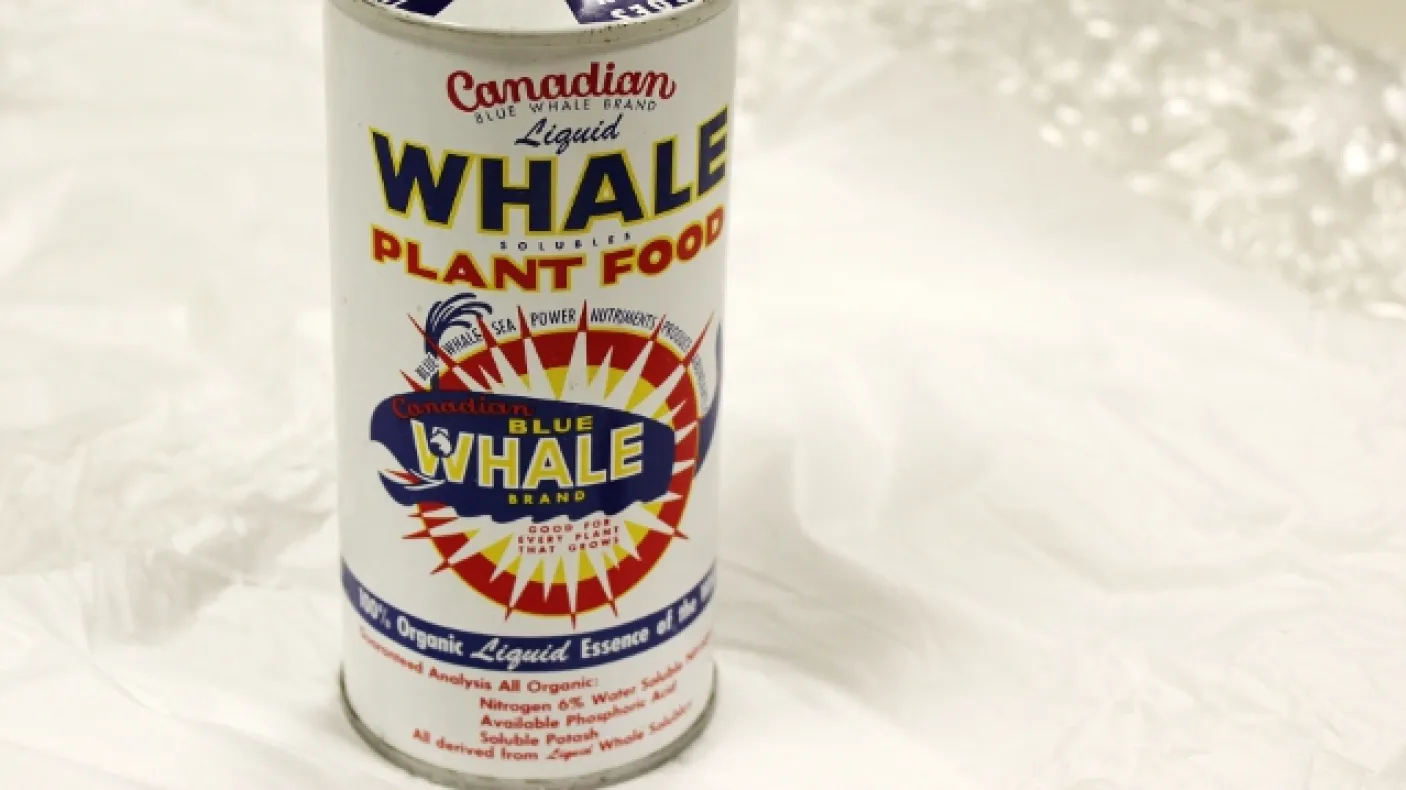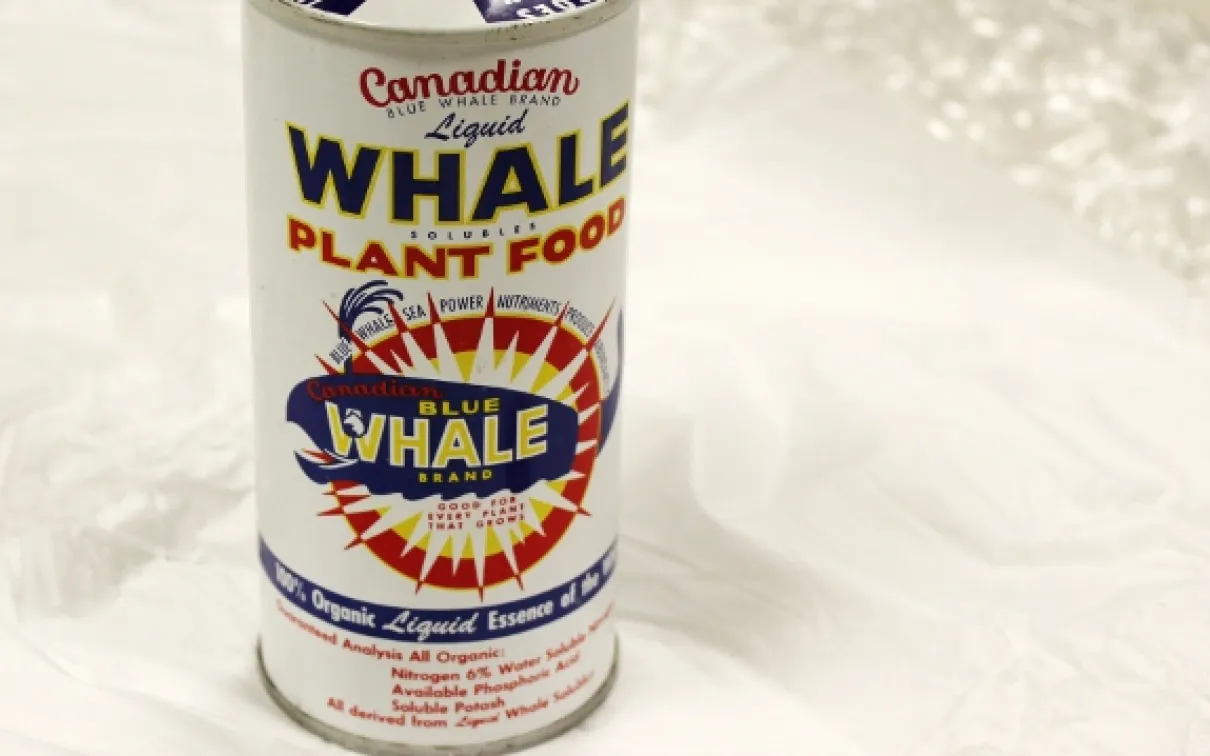Who sings for blues? How Blue Whales became ingredients in everyday products
Published
Categories
Author
Blog Post
Guest Blog written by ROM Biodiversity / Blue Whale team member Katherine Ing
Living in Ontario, the Blue Whale in the vast ocean may seem a distant thought from our daily lives. Yet, Toronto stands on the shore of one of the greatest sources of fresh water on the planet which flows into and affects some of the richest feeding grounds along Canada’s eastern coastline. Last summer before helping on the blue whale exhibit, I was also drawn to the small maritime community of Trout River, Newfoundland where the ROM’s blue whale was recovered two-and-half years earlier.
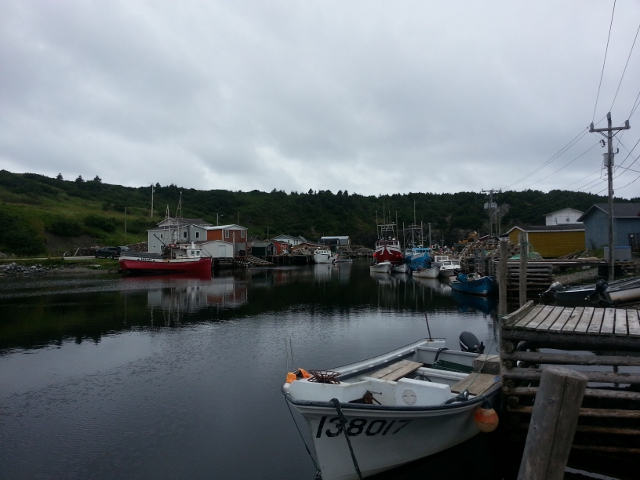
The richness of these feeding grounds has attracted whales, which in turn, lures whalers and tourists to sites like Red Bay, Labrador. During the seventeenth century, the Basque whalers were the leading producers of whale oil for lighting in the world.
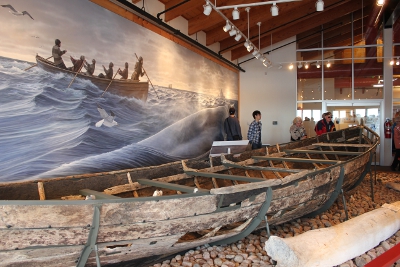

These hunters, alongside their more well-known US counterparts, have shaped the image of whales in popular culture from Moby Dick to the images in the ROM’s exhibit, Out of the Depths: The Blue Whale Story. Whaling in the North Atlantic reached its golden age in the nineteenth century, but the easiest whales to prey upon collapsed under demand. Knowing the difficulty in catching whales, all parts of the whale had a purpose. Whalers’ interests changed across the different baleen and toothed whales they hunted. For example, flesh was used for meat, bones for art and tools, bristled feeding plates from the mouths of baleen whales for corsets, collars, buggy whips and umbrellas, and in toothed sperm whales, ambergris from their intestines for perfume.
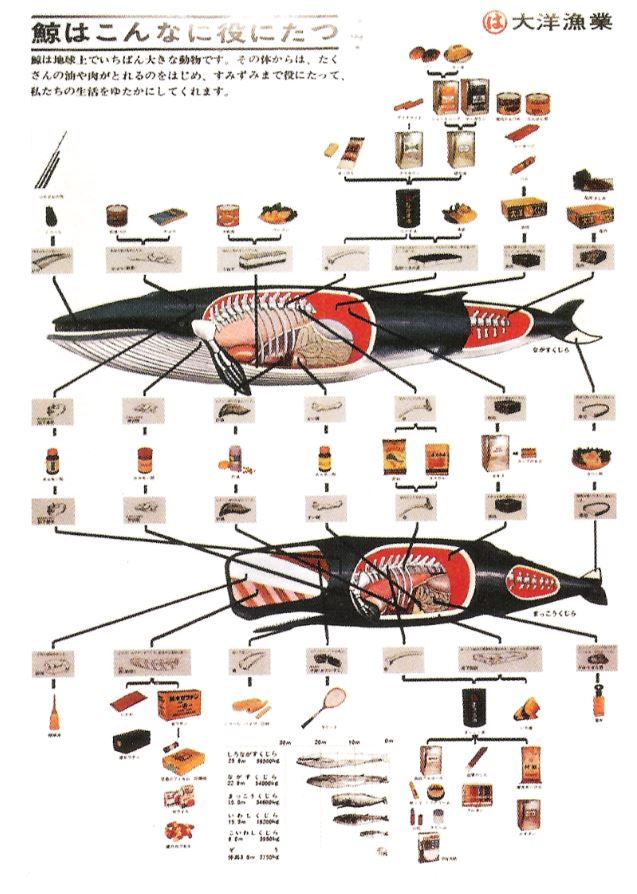
Above all, the twentieth century whalers continued their search for oil by going farther afield for riskier catches. The blue whale, known for its quick speed, massive size, and tendency to sink after death, was left untouched by whalers until the late nineteenth century.
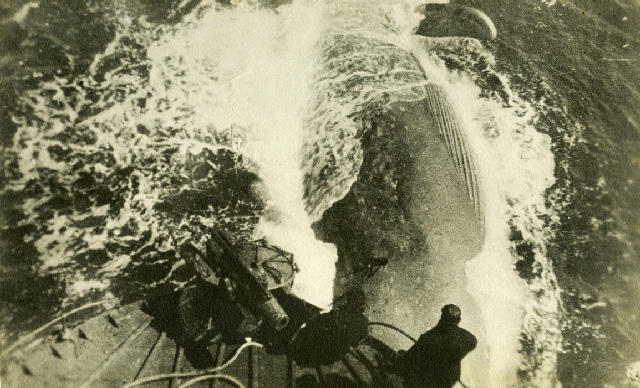
The romanticized and traditional way of early whaling gave way to industrialization. The invention of exploding harpoons and larger ships with faster engines increased the efficiency of the hunt and flooded the market with blue whale oil despite the existence of alternatives. Whale oil from blue whales was not used for lighting, but as the animal fat for margarine and soap production. Unlike the past, evidence of whales on branding disappeared as their number dwindled.
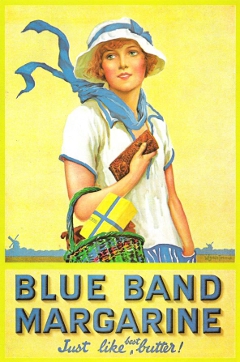

One exception was Canadian Blue Whale Brand Liquid Plant Food, which explicitly advertised the use of blue whales. The remaining by-products from blue whales were converted into the popular fertilizer.
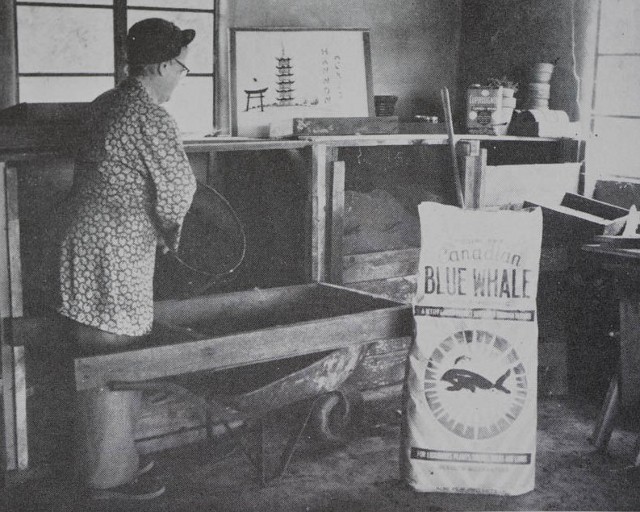
By the time the International Whaling Commission banned the hunt for blue whales in 1966, their population dropped to 1-2% of the estimated 360,000. The recovery of blue whales in the North Atlantic and around the world is slow and uncertain. The lesson we can take away from the history between people and blue whales is that short-sighted gain at the expense of these creatures comes at a steep cost. Efforts to save these animals will require long-term and sustained solutions from the threat of whaling, but also compounded by pollution, climate change and ship traffic.
To learn more about blue whales and what you can do to help them, be sure to visit the ROM's "Out of the Depths: The Blue Whale Story" Exhibition which is open until September 4th, 2017.
